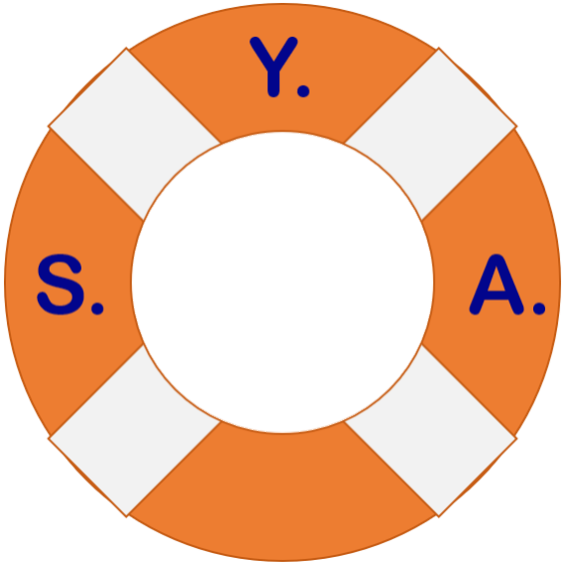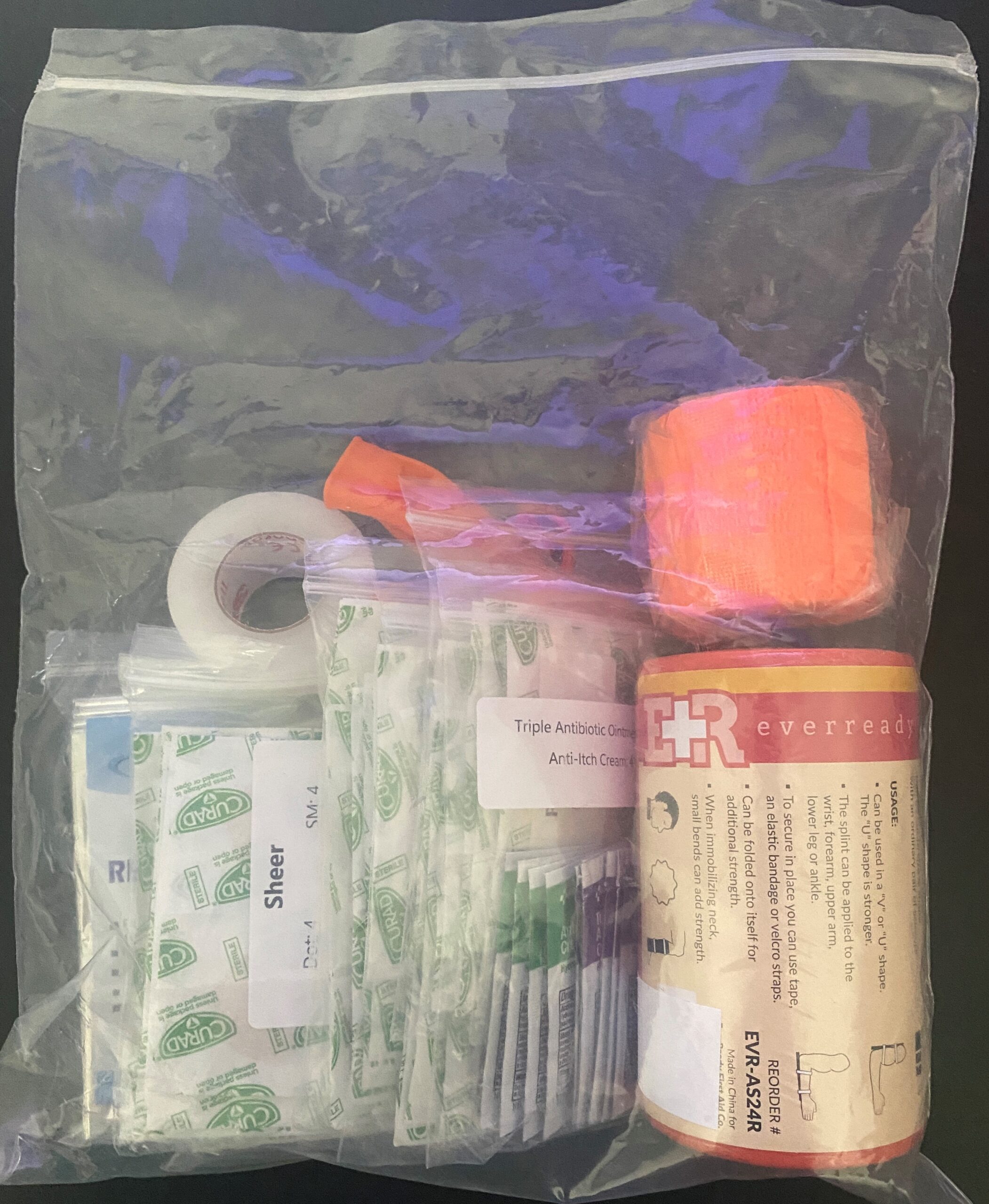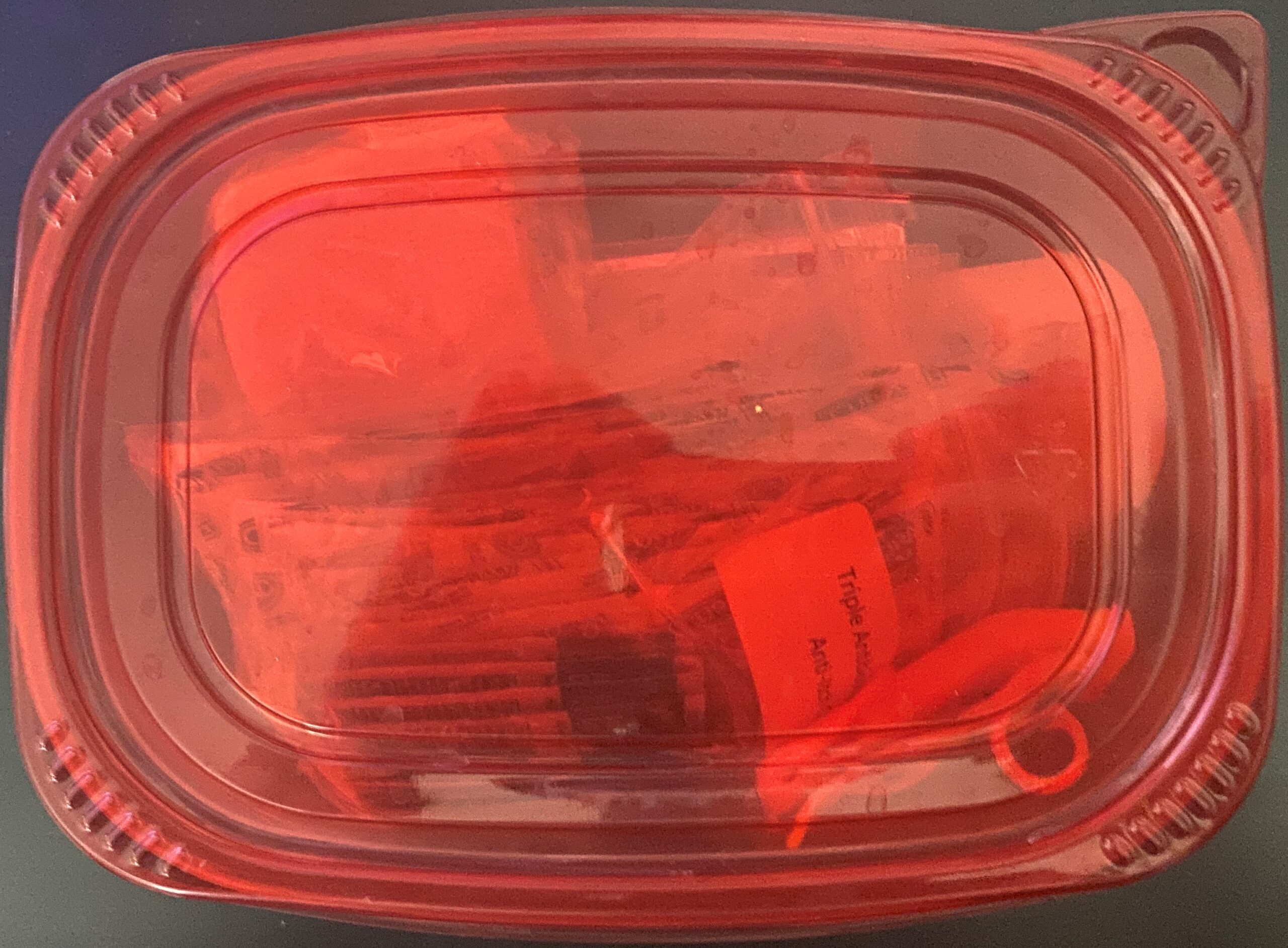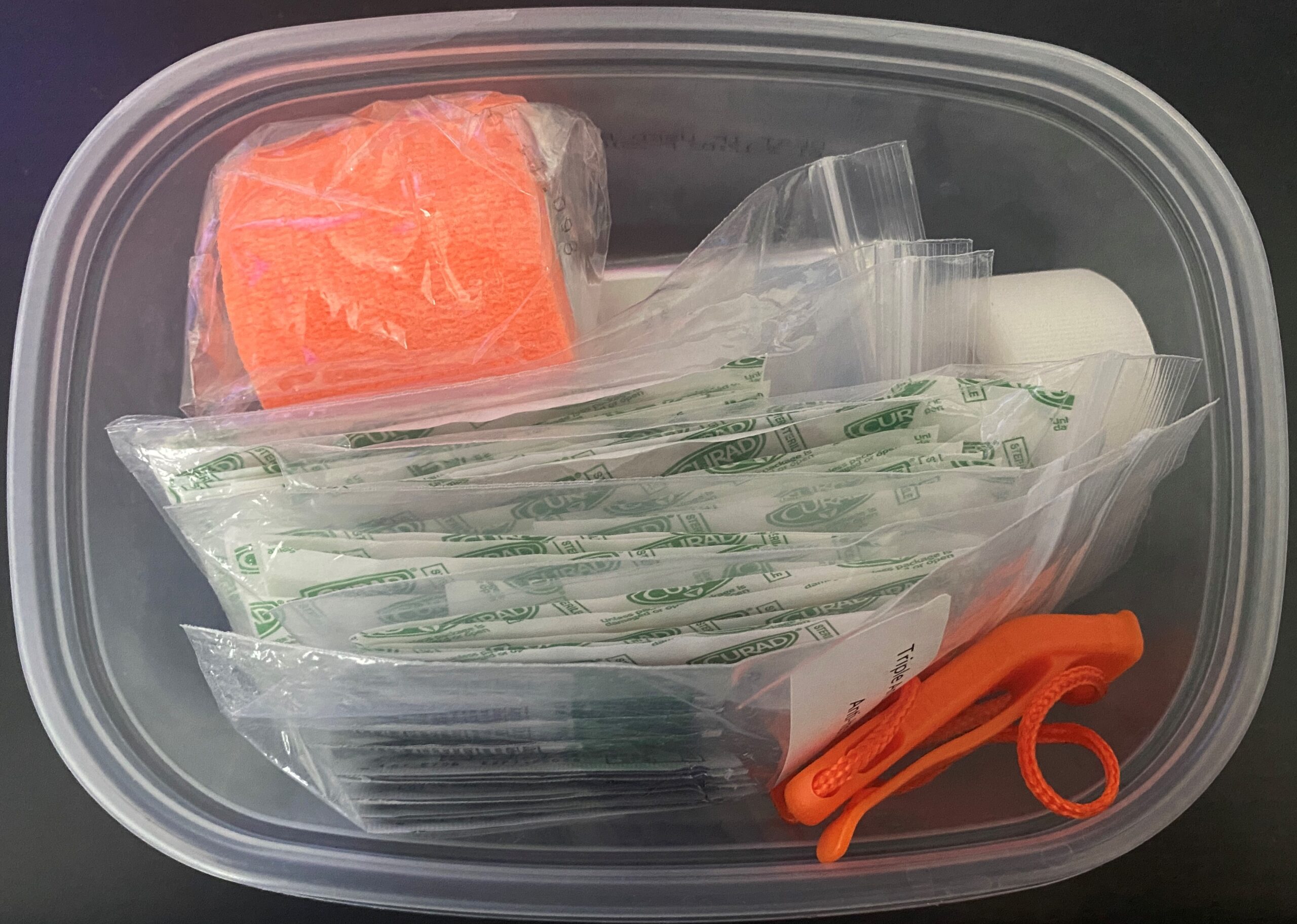Building a first aid kit is not only easy, but also something you should have more than one of. In addition to having one in your home, you should also have one in your car and at work. I have small kits in all three bathrooms at home, one in my car, another in my bugout bag and one with my camping gear.
Why so many?
Because accidents happen and you never know where you will be when you need one. My kit at home does me no good if I injure myself while camping.
These kits are also not the same. Each one is tailored for the potential types of injury most likely to be sustained based on the situation:
- At Home
- At work
- On the road
- Exploring the outdoors
- During a disaster situation
Of course, they all contain an assortment of bandages and antiseptic wipes to deal with cuts and scrapes. On the other hand, my car kit, outdoor kit and disaster prep kit each have a rigid splint and wrapping to immobilize a broken limb until it can be treated by a professional.
What about pre-made kits?
There is nothing wrong with most kits you can buy. There are many on the market that can provide you with a good variety of supplies and a fairly reasonable cost. The one thing to make sure of is that it contains the items you not only might need, but that you know how to use them properly. Having a kit by itself does not automatically make you knowledgeable about how and when to use it.


Benefits of DIY
The upside to building your own first-aid kit is that you decide what goes in it. A lot of pre-made kits may contain items that you will never need or use. By only including the items you are mostly like to need and use you can save costs and cut down on waste.
Buy in Bulk
Typically, when you buy first aid supplies, you can get them in bulk much cheaper than buying a pre-made kit. That allows you to build more than one and have plenty of extra/replacement supplies if you use something.
I have purchased supplies from Amazon, Walmart, Costco, Walgreens and CVS. I was able to get supplies extremely cheaply that I used to build my kits and keep them resupplied when I use items.
After buying adhesive bandages in bulk, I divided them up into small zipper bags and put labels on them, so I knew what and how many I had of each.
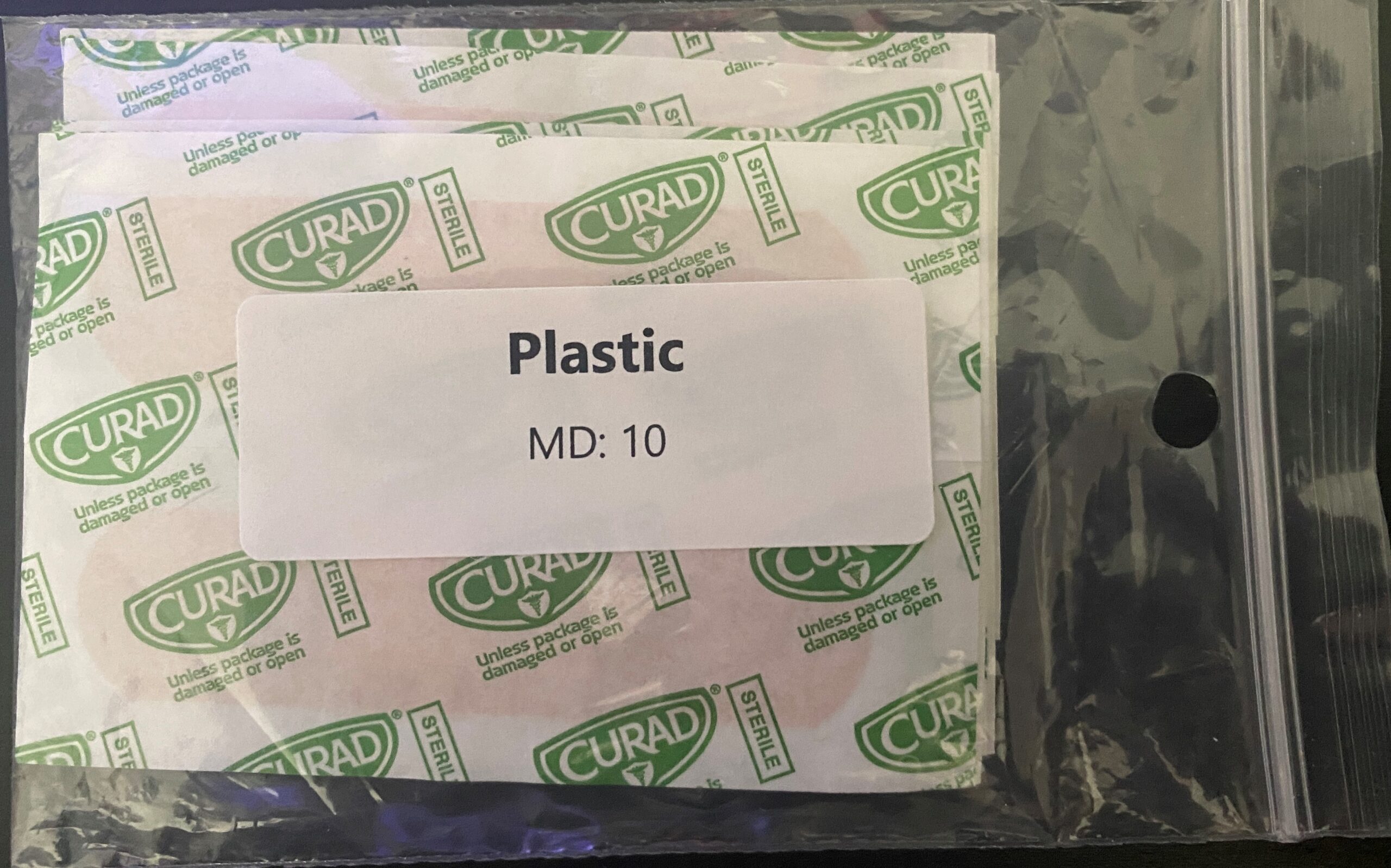
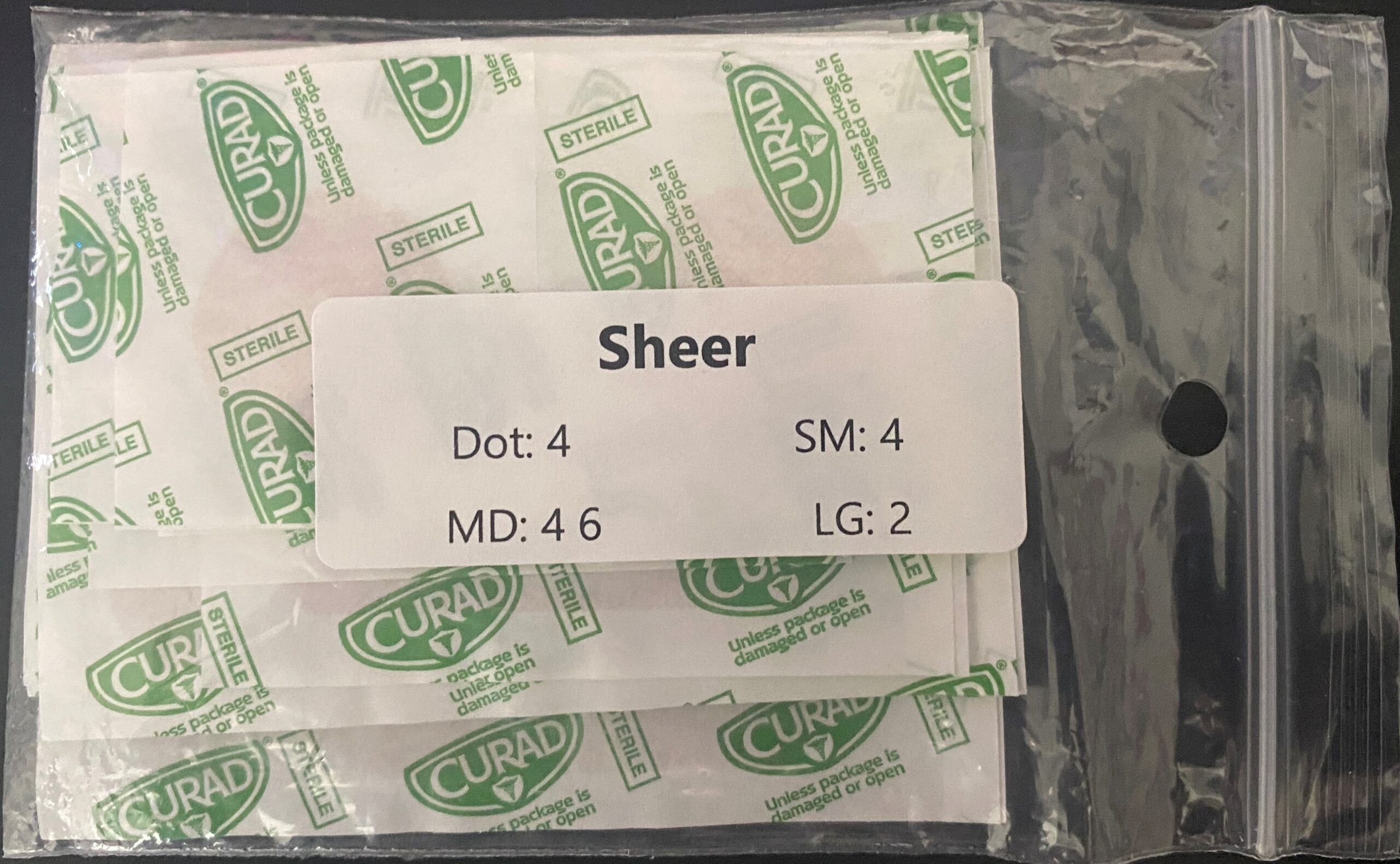
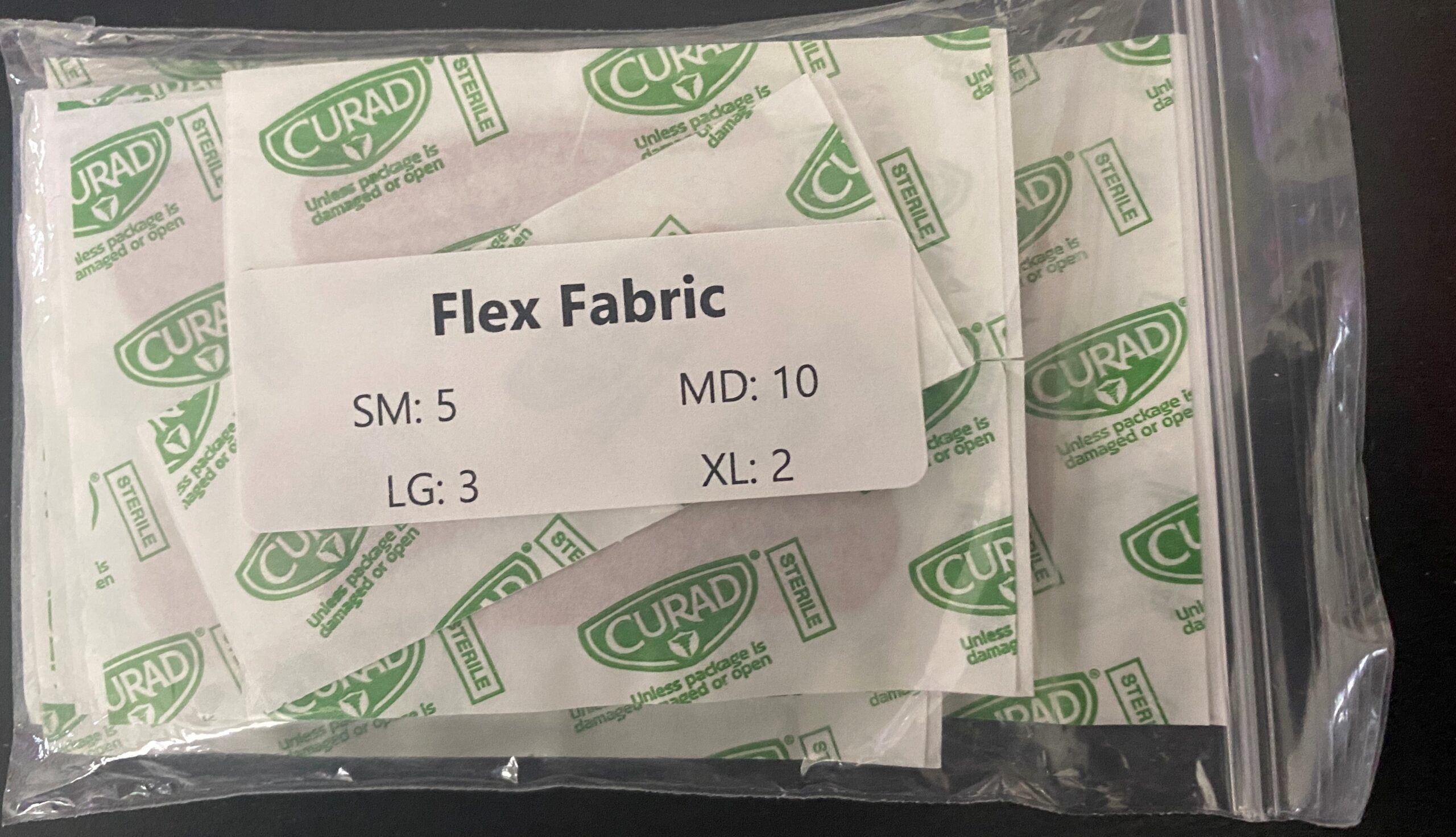
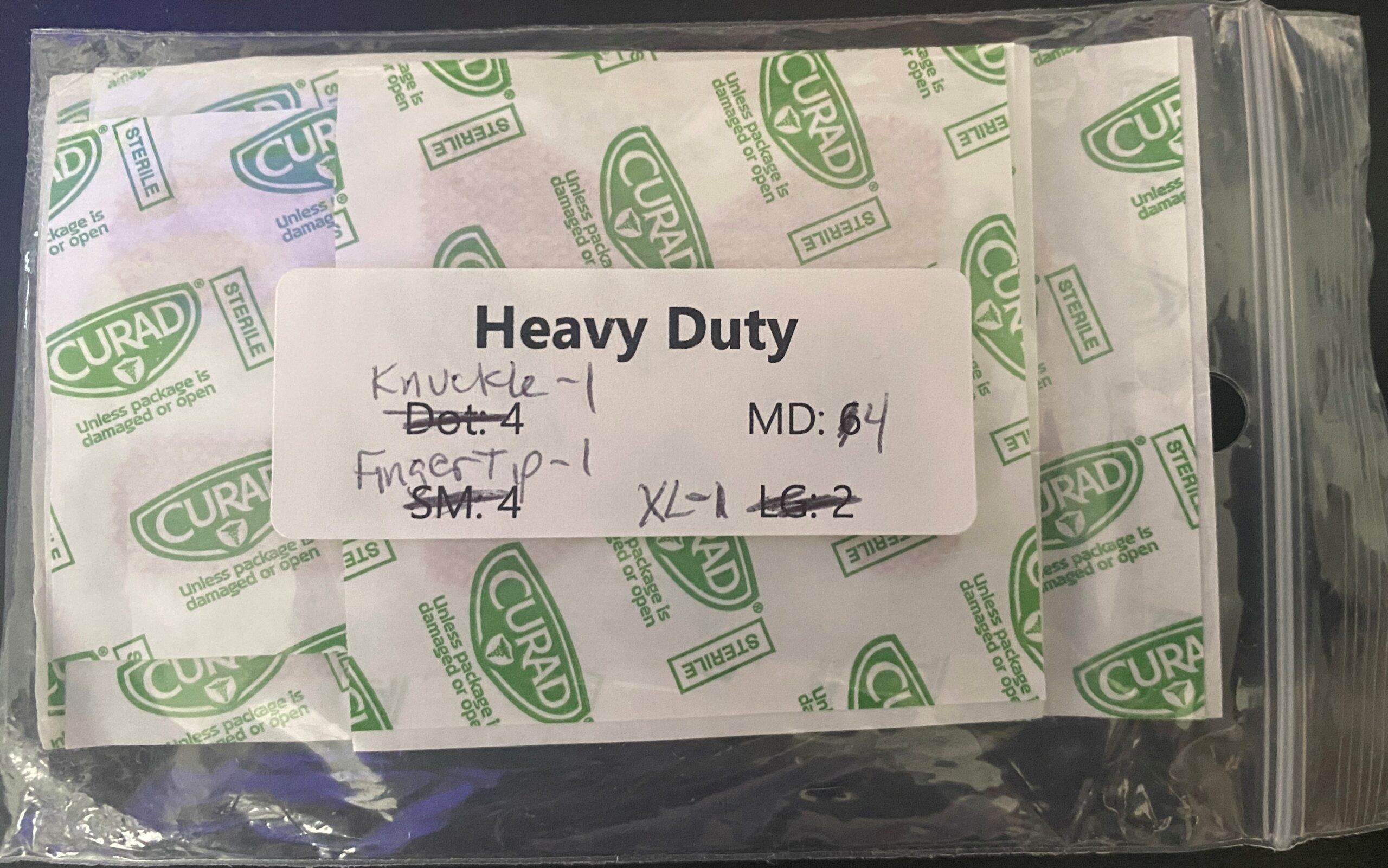
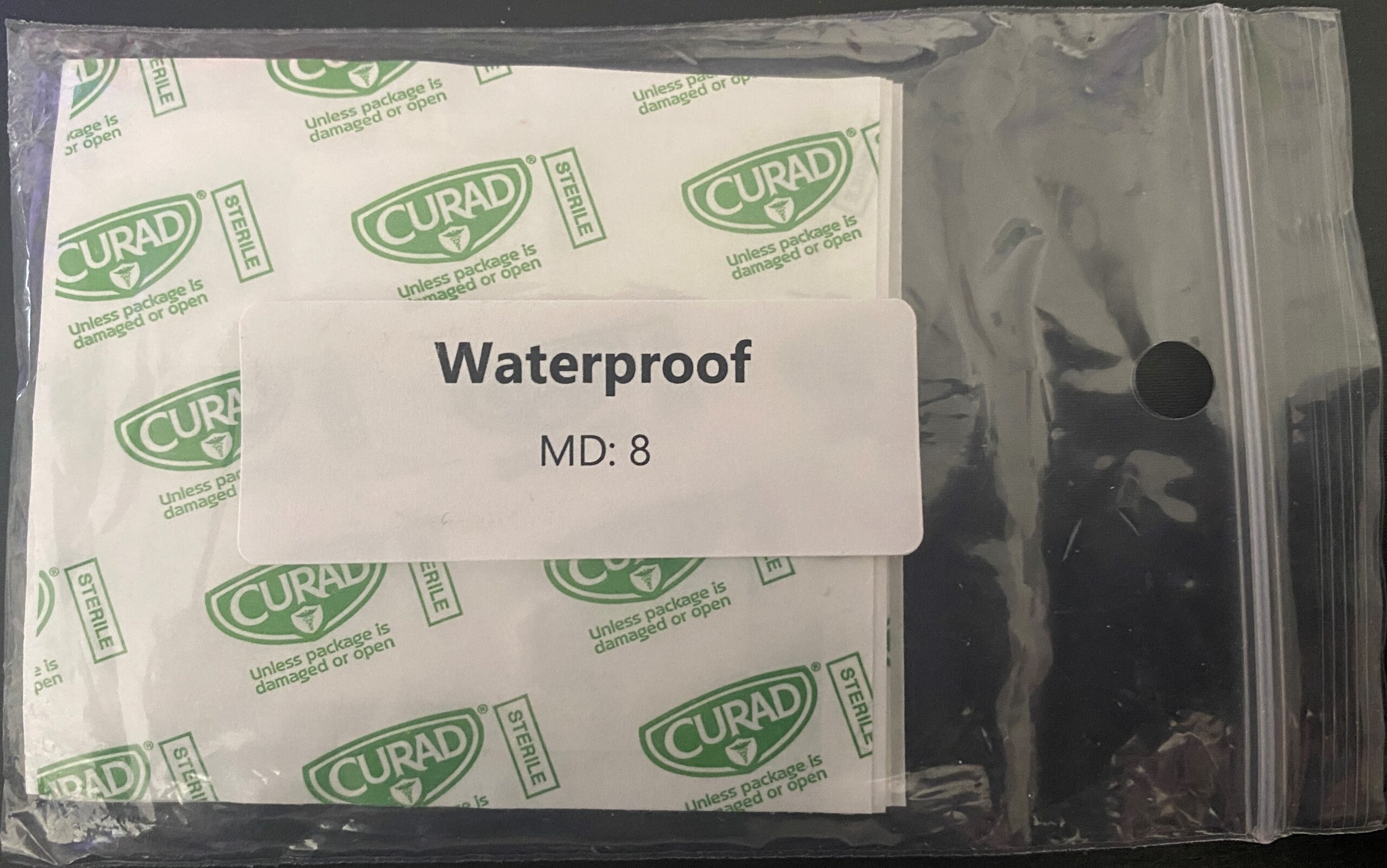
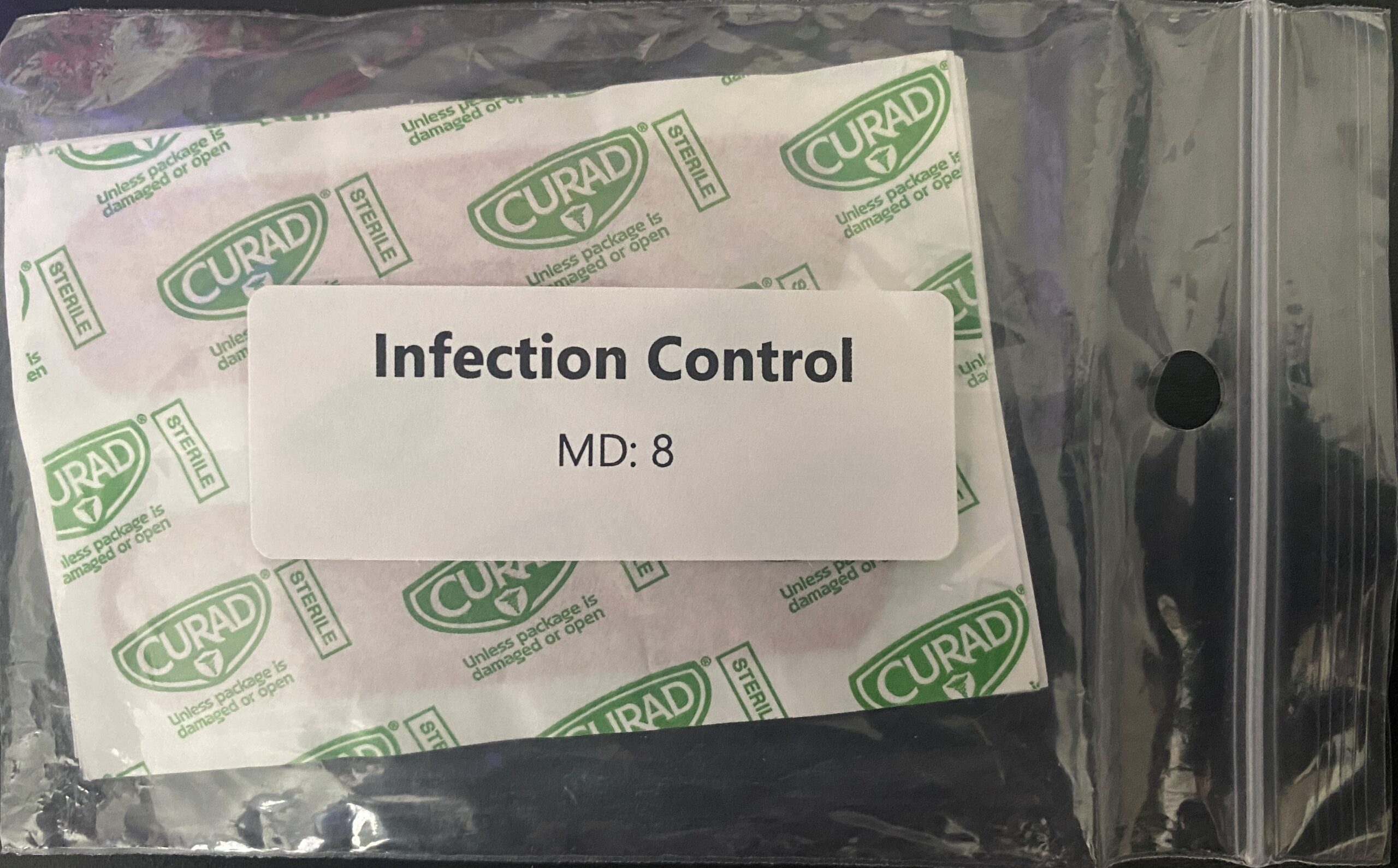
I did the same with triple-antibiotic and anti-itch packets.
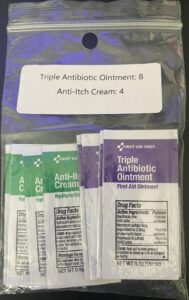
What should I put in a first aid kit?
Start with the basics: assorted bandages and antiseptic wipes. Add an antibiotic cream or ointment and then go from there.
After that, I added a self-sticking elastic bandage, several pairs of nitrile gloves, disposable face masks, small bottle of ibuprofen, and a roll of first aid tape.
All my kits also have an emergency blanket and whistle. The blanket can pull double duty as a warming item as well as a signaling device due to its reflective foil.
My outdoor focused kits got rigid splints in-case of a fractured or broken bone.
Common first aid items
The following is a list of the most common items you will find in a first aid kit. Use it as a guide to help you build yours.
Adhesive bandages (assorted sizes & shapes)
Inexpensive and easy to obtain. This box of 300 assorted bandages cost around $10
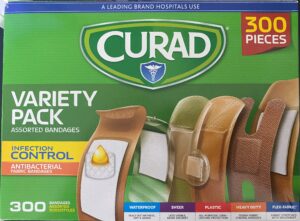
Wipes – Antiseptic
Useful for cleaning dirt out of wounds and preparing the wounded area for anti-biotic ointment and bandages. Can be bought in bulk for very little.
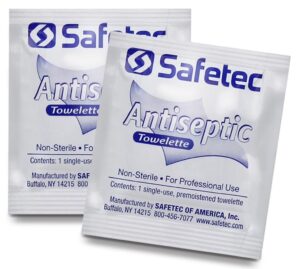
Wipes – Sting relief
Helps to relieve pain and itching from insect bites.
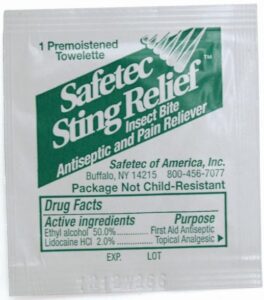
Hand Sanitizer
Used to clean your hands before and after dressing a wound.
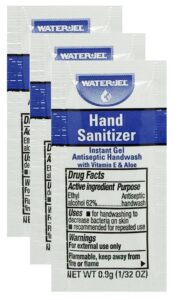
Ointment – Triple antibiotic
Used to help in the healing process and prevent infection from setting in.
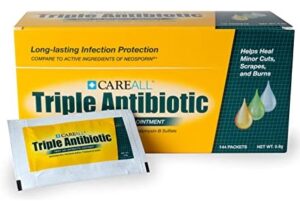
Cream – Anti-Itch
Help to relieve itching and scratching from irritants like plants or insect bites.
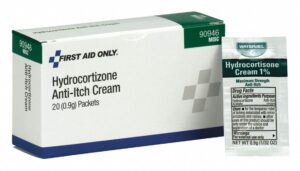
Pain relief – Ibuprofen (Advil), Acetaminophen (Tylenol), Aspirin
Used to for temporary relief of pain symptoms.
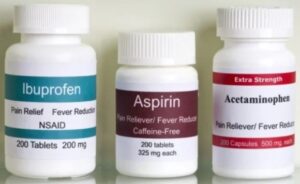
Gauze pads (assorted sizes)
Used to stop bleeding and provide protection from dirt and other contaminants in a wound. Usually secured with first aid tape or bandages.
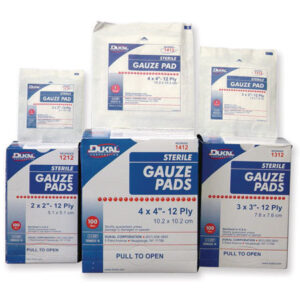
Gauze rolls (assorted sizes)
Long lengths of protective fabric to secure gauze pads or wrap a larger affected area to prevent infection.
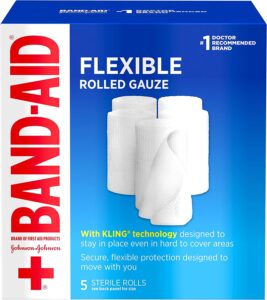
Elastic bandages (assorted sizes)
Used to provide support to injured joints and muscles as well as wrap other bandages.
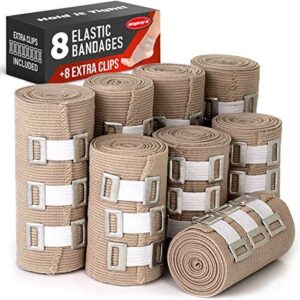
Triangular bandages
Useful for making slings, creating a tourniquet or securing a splint around broken limb.
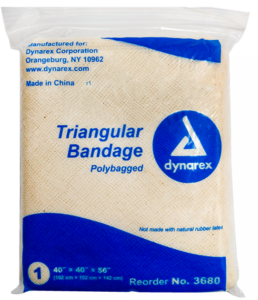
Blood-clotting agent
Extremely useful in helping stop severe bleeding from deep cuts or punctures.
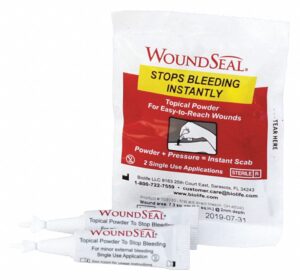
Cold Packs (Instant)
Provides cooling relief to swollen or pulled muscles.
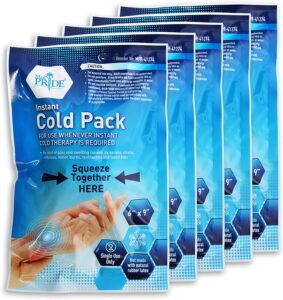
Handwarmers
Can be used to warm up any part of the body that needs it.
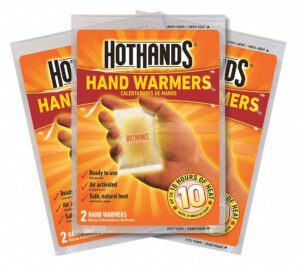
Splint
Allows a broken limb to be restrained to prevent further damage and pain until victim can be treated by professionals.
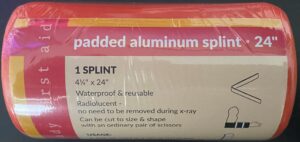
Scissors
Can be used for a variety of cutting purposes from first aid tape to gauze or bandages.
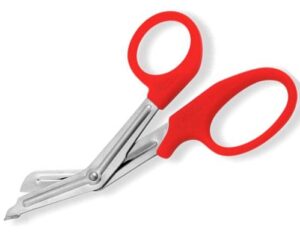
Tweezers
Mostly needed to remove splinters but may have other uses where fingers are too big to use.
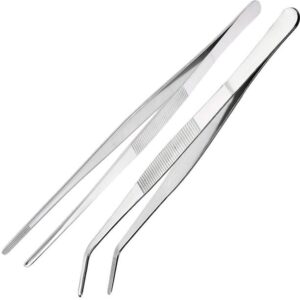
First-aid tape
Use first aid tape to secure gauze, large bandages, rigid splints, etc.
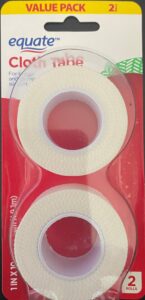
Safety pins
Can be used to pin fabric bandages, triangular bandages, triage notes, etc.
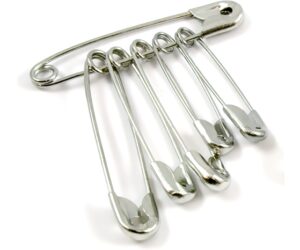
Disposable Gloves (Nitrile, Vinyl, or Latex)
A protective measure to ensure you are not coming into contact with a victim’s blood or other bodily fluids. These are one-time use disposable items.
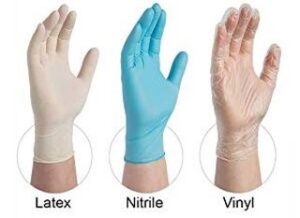
Face mask
I think we are all aware of how important face masks can be these days.
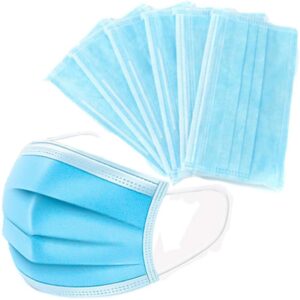
Emergency Blanket
Can be used not only to keep an injured person warm, but also as a signaling device due to the reflective foil.
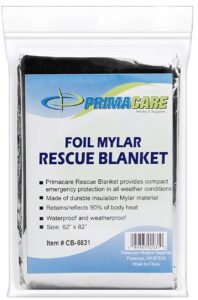
Emergency Whistle
These will get the attention of anyone that can hear them. Especially useful in remote locations where rescue teams may have a hard time seeing the victims.
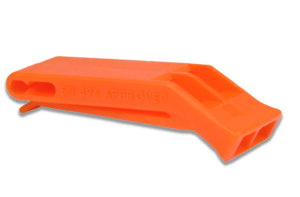
What should I keep supplies in?
You don’t have to have a fancy container to store your first-aid supplies. Use whatever you have available to keep the supplies dry and easily accessible. Just make sure it is clean and serviceable.
One of mine is in a heavy-duty zipper bag and another is in a plastic sandwich meat container (cleaned obviously). Others were part of a 3-pack of bandages I bought and added my own supplies to.
Do I really need all that?
You don’t necessarily need all that, just what you are comfortable with and know how and when to use.
Remember, you don’t need to be a doctor or nurse. The purpose of a first aid kit is to deal with minor medical issues most of the time. In the case of more serious medical injuries, it is just to help stabilize the injured person until they can get professional medical attention.
Wrap-up
I hope you agree with me that putting together a first aid kit is easy and something anyone can and should do. Did I miss something? Do you have something in your kit I don’t have? Let me know in the comments below.
Want to learn more?
Buy a First Aid Book
There are literally dozens of first aid guides on the market. Do some research to ensure you get a quality publication.
Take a First Aid Class
The American Red Cross offers classes on various life-saving techniques including
- First Aid
- CPR
- AEDs
- Lifeguarding
- Babysitters
- Child Care
Download an App
The American Red Cross also has 2 apps that can walk you through what to do in an emergency situation:


Last Updated on August 31, 2022
